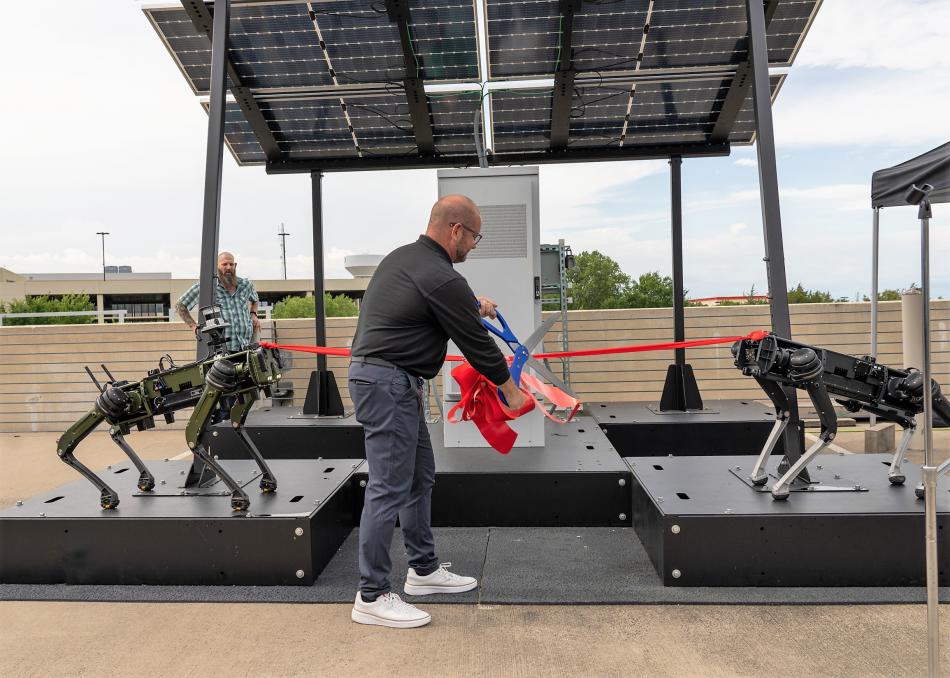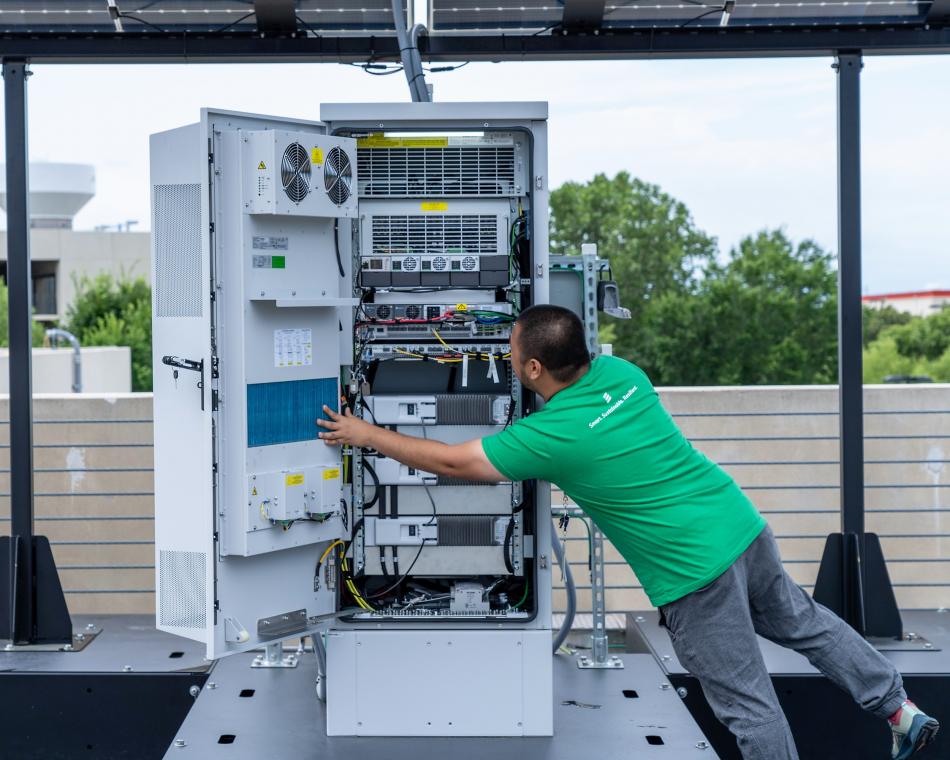On July 11, 2023, the Swedish telecom company Ericsson (NASDAQ: ERIC) unveiled a proof-of-concept sustainable 5G site. The site, which uses solar panels and lithium-ion batteries to ensure operational capabilities rain or shine, showcases the crossroads between environmental custodianship and pragmatism. The tower site should offer cost savings, insulation from grid failure, and the potential for zero-carbon emissions from operations. Coincidentally, it is not the first innovative technology from a Swedish company that has come to The Metroplex.
In the event of a grid failure, be it due to inclement weather or ERCOT's failure to plan, the site should be able to continue providing coverage by utilizing its on-site power generation and storage. Additionally, the concept could be applied to bring cost-effective coverage to rural areas as a result of its ability to effectively ration energy consumption. Ed Gubbins, Principal Analyst at Global Data, spoke to these advantages:
Mobile operators increasingly need to reduce the energy consumption and carbon emissions of their base stations without sacrificing network coverage or the quality of the user experience. Ericsson's smart site solutions for hybrid energy sources are designed to help operators control costs and increase profitability – especially in rural or remote areas or private networks, where traffic volumes are lower and power consumption needs to be especially efficient. Using a variety of tools to increase energy efficiency and sustainability – including solar power, lithium-ion batteries, and advanced software features – can be helpful for improving operator profitability.
Traditionally, such decentralized sites would require fossil-fuel power. Beyond the carbon emissions concern, these impact the bottom-line through fuel cost and increased maintenance. Ericsson's site aims to minimize costs by shifting load from the grid to the on-site power generation when spot energy prices increase or there is a power failure. Additionally, when spot electrical prices are low, the site will move to recharge its batteries through the grid.
There is certainly a sense of irony in bringing sustainable technologies to Texas, a state perhaps best known for its oil production -- it almost feels like putting longhorns on the hood of a Tesla rather than a big Cadillac. However, bringing these technologies to the DFW region is an endorsement of the area's diversified economy. High-efficiency, decentralized technologies should make everyone's life better (unless you're really long on WTI).
Continued investment will drive continued growth in the North Texas economy. High-tech innovations, such as those from Ericsson and Volvo, can find their place to thrive in an area with top research universities in the state with the most Fortune 500 companies. Investors should take note of these opportunities and remain flexible to thrive in a world filled with disruption.








